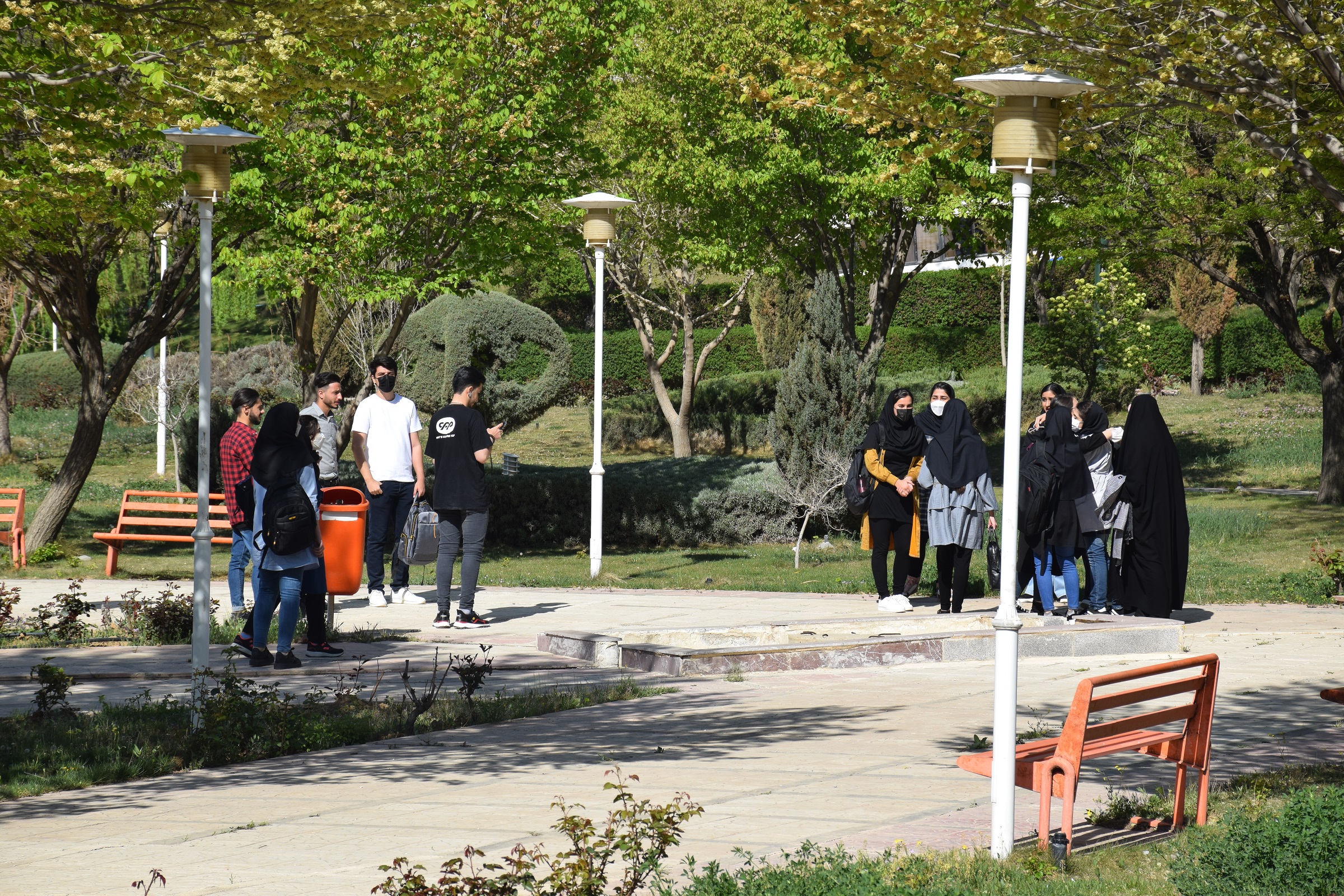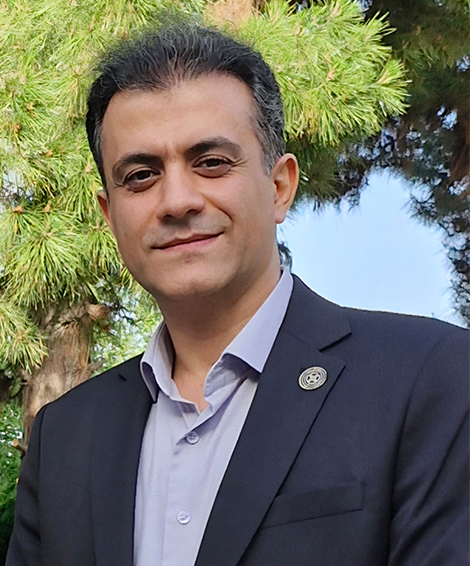
روابط عمومی

روابط عمومی در ایران
در ایران روابط عمومى ابتدا، در شرکت ملى نفت پا گرفت. نخستین همایش روابط عمومى در ۳۰ آذر ماه ۱۳۴۳ در آبادان و دومین همایش در ۱۳ مهر ۱۳۴۴ در کرمانشاه برگزار شد. پس از تشکیل واحدهاى روابط عمومى در ایران، نیاز به آموزش مسئولان روابط عمومى و کارمندان این واحدها احساس شد. نخستین بار تشکیل کلاسهاى کوتاه مدت آموزش روابط عمومى در وزارت اطلاعات و جهانگردى سابق شکل گرفت و پارهاى از وزارتخانهها مثل امور خارجه، آموزش آن را به کارمندان و وابستگان خود در بیشتر کشورهاى خارجی به صورت رسمی با تشکیل دورههاى کوتاه مدت شکل دادند.
در سال ۱۳۴۵ مطالعاتى درباره تشکیل دانشکده روابط عمومى صورت گرفت که منجر به تشکیل مؤسسه عالى مطبوعات و روابط عمومى در سال ۱۳۴۰ شد. پس از انقلاب اسلامى در دانشکده علوم اجتماعى دانشگاه علامه طباطبایى، رشته کارشناسى علوم اجتماعى با گرایش علوم ارتباطات به جاى رشته روابط عمومى پدید آمد.
اکنون پهنه روابط عمومی، بیشتر کانونی بینالمللی پیدا کرده است و تکنولوژی، راه امکانات ارتباطی جدیدی را به روی آن گشوده و کارشناس حرفهای روابط عمومی، مدام با تضادهای عمده درگیر است. حداقل، بخشی از پیشرفتها و تحولات در روابط عمومی، مرهون نیروهای اجتماعی و پیشرفت تکنولوژیک است. مسئولیتهای روزافزون و تعهدات گستردهتری که بر عهده روابط عمومی نهاده شده، کارشناسان روابط عمومی را به مطالعه پیگیر برنامههای آموزشی، نظریه و معیارهای حرفهای برانگیخته است.
جایگاه روابط عمومی بسیار گسترده و عمیقتر از یک اطلاعرسانی سازمانمدار است تا جایی که گفته میشود در برخورد تمدنها، این روابط عمومیها هستند که از شدت برخورد میکاهند و زمینه تفاهم را در ابعاد کلان فراهم میآورند.
منشور اخلاقی روابط عمومی
از آنجا که ماهیت انسان بدون ارتباط میسر نیست و تعالی انسان به نحوی در نحوه ارتباط او با همه موجودات، علیالخصوص سایر انسانها به عنوان اشرف مخلوقات مستتر است، پس هدف نهایی روابط عمومی، رشد انسانها از طریق ارتقاء سطح معرفت آنها است. لذا اصول زیر به عنوان رسالت در روابط عمومی ملحوظ نظر قرارگرفته و تعهد به اجرای آن ضروری میباشد:
- اعتقاد به کرامت انسانها و تلاش هرچه بیشتر در جهت سطح تکریم مخاطبین سازمان
- برقراری ارتباط چندسویه و همسنگ و بدون هرگونه تبعیض بین مردم و سازمان
- اعتقاد راسخ نسبت به حق مردم جهت کسب اطلاع از وضعیت و اقدامات سازمان و همچنین لزوم انعکاس نظریات، پیشنهادات و اطلاعات آنان به مسئولین سازمان
- برنامهریزی و تحقیق در جهت ایجاد پل ارتباطی قویتر بین مخاطبین و سازمان با استفاده از شیوههای علمی و هنری
- سهیمسازی مردم و مخاطبین سازمان در تصمیمسازی و اجرای برنامههای درونسازمانی و برونسازمانی
- تلاش در جهت سوقدادن قوانین، امکانات و توانمندیهای سازمان به سمت نیازهای واقعی مخاطبین
- رعایت اصول اخلاق حرفه ای و تأکید بر موازین شرع مقدس در برخورد با مخاطبین
- تلاش در جهت ایجاد تفاهم متقابل بین مدیریت و پرسنل از طریق گفتمان متقابل و ترویج شیوههای ارتباطی بین پرسنل و مدیریت
- اطلاعرسانی و اطلاعیابی و گزارشدهی جریان امور، رخدادها و فعالیتها به مخاطبان درونسازمانی و عموم مردم در راستای این نکته که دانستن و آگاهی حق طبیعی همگان است.
وظایف روابط عمومی
در یک نگاه کلی روابط عمومی می تواند به عنوان چشم و گوش سازمان عملکرده و پلی است بین دانشگاه و سایر سازمانها و میتوان وظایف آن را بدین شرح دستهبندی نمود:
- برنامهریزی و کاربرد شیوههای مناسب برای انعکاس اهداف، سیاستها، برنامهها و فعالیتهای دانشگاه به رسانهها و جامعه
- برنامهریزی، هماهنگی و هدایت فعالیتهای روابطعمومی در راستای سیاستگذاریها و برنامهریزیهای ادارهکل روابط عمومی وزارت
- ایفای نقش سخنگوی دانشگاه به منظور برقراری ارتباط با رسانههای ارتباط جمعی جهت اطلاع رسانی به مردم
- ایجاد و ارتقاء ارتباطات دانشگاه با سازمانها و نهادهای مختلف در محدوده وظایف محوله
- نظارت بر اجرای طرح نظام پیشنهادات ارباب رجوع به منظور ترغیب آنان به مشارکت هر چه موثرتر در بهبود عملکرد سازمان
- برنامه ریزی ،هدایت و اجرای ملاقاتهای عمومی مردم ،کارکنان و دانشجویان دانشگاه با مسئولین
- تهیه و تدوین برنامه سالانه روابط عمومی با تعیین اولویتها و رئوس برنامه و اقدامات
- عضویت در شورای برنامهریزی دانشگاه به منظور آگاهی از سیاستها و برنامهها و همچنین انعکاس عملکرد دانشگاه به رسانهها
- انعکاس اقدامات و فعالیتهای دانشگاه به رسانهها و مردم
- مدیریت و برنامه ریزی سمینارها، همایشها و مراسم گرامیداشت ایام مختلف و مناسبتهای ویژه
- تدوین برنامه آموزشی برای کارکنان روابط عمومی و رابطین مراکز تابعه با همکاری اداره کل روابط عمومی
- تدوین و ابلاغ دستورالعملها و نظامهای اجرایی روابط عمومی و نظارت بر حسن اجرای آن
- ارایه گزارش عملکرد از فعالیتهای روابط عمومی دانشگاه به مقام مافوق
- بازدید مستمر ادواری از قسمتهای تابعه دانشگاه و ارایه گزارش به مقام مافوق
- انجام سایر امور محوله از سوی ریاست محترم دانشگاه
ویژگیهای روابط عمومی
روابط عمومی در پی ارتباط دو سویه با مخاطب بوده و صرفاً به دنبال "اطلاعرسانی" نیست، بلکه مکمل این فرآیند را "اطلاعیابی" میداند. در واقع، روابط عمومی از طریق "اطلاعیابی" بر اهمیت تأثیرپذیری از افکار عمومی صحه میگذارد.
روابط عمومی، مجموعهای از عملیات ارتباطی آگاهانه مبتنی بر برنامه و تحقیق است که با استفاده از شیوههای علمی و هنری به دنبال ارتباط با مردم و اطلاعیابی از نظرهای آنان، تجزیه و تحلیل گرایشهای مخاطبان و افکار عمومی به منظور گفتگو با آنان برای رسیدن به تفاهم با کاربرد روشها و ابزارهای ارتباطی نوشتاری، گفتاری، دیداری و شنیداری است.
روابط عمومی در هر سازمانی، سامانه برقراری ارتباط مؤثر، نزدیک و سازنده مدیریت آن سازمان با دیگر بخشها اعم از بخشهای درونی یا بخشهای بیرونی محسوب می شود. با برقراری این ارتباط به نحو شایسته امکان تطابق بروندادهای یک سازمان با نیازهای بیرونی فراهم میشود.















